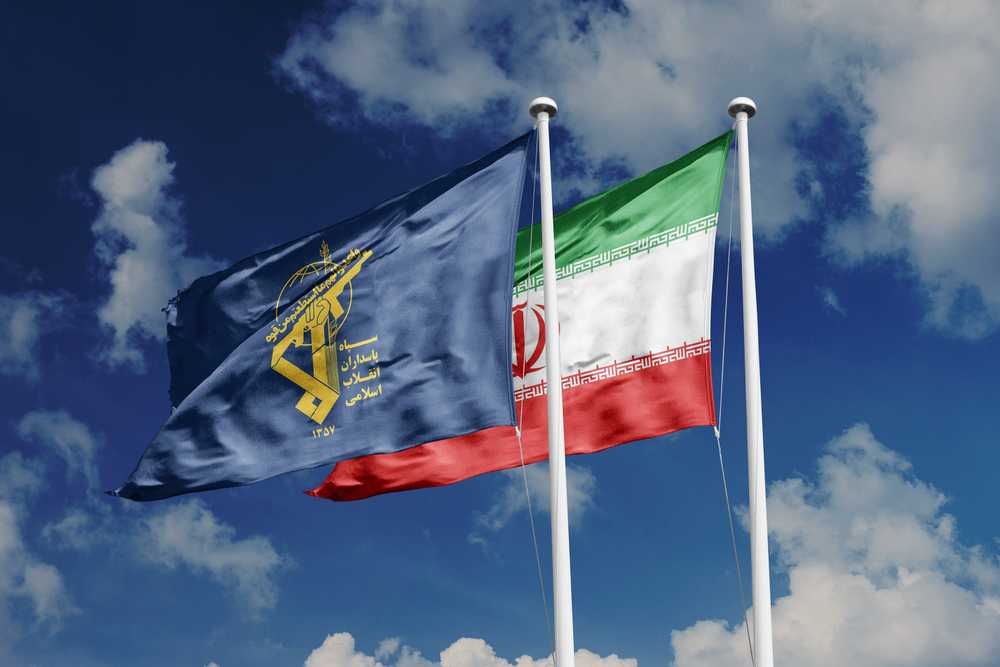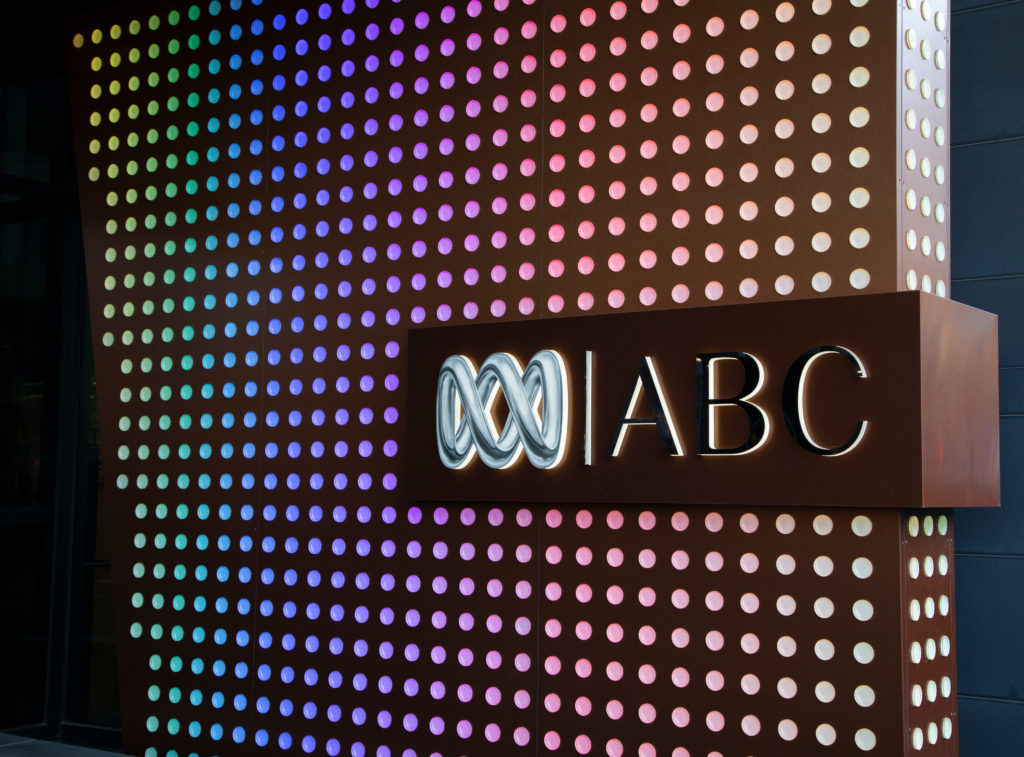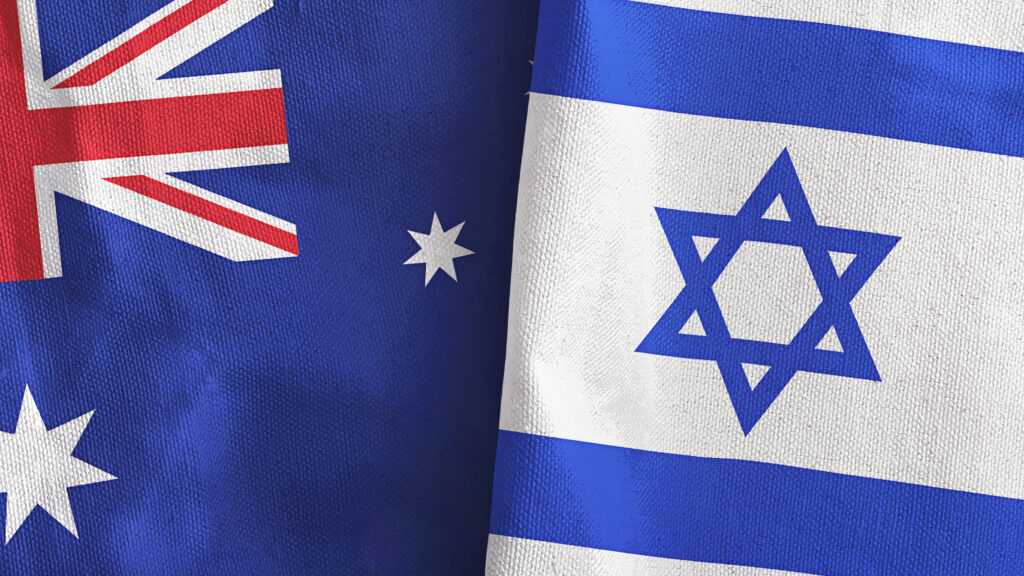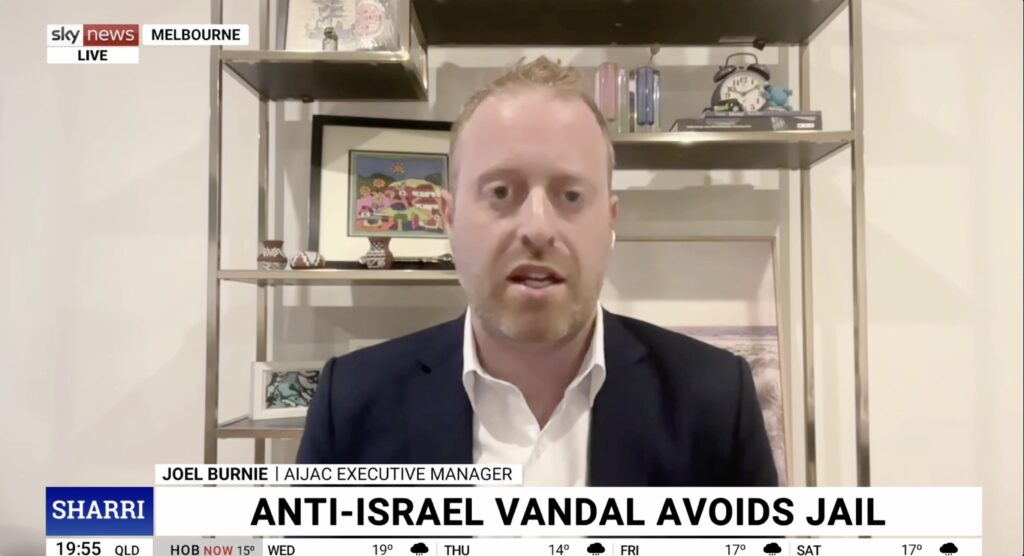IN THE MEDIA
It’s up to Hamas, but US plan means peace looks more possible than ever
September 30, 2025 | Colin Rubenstein
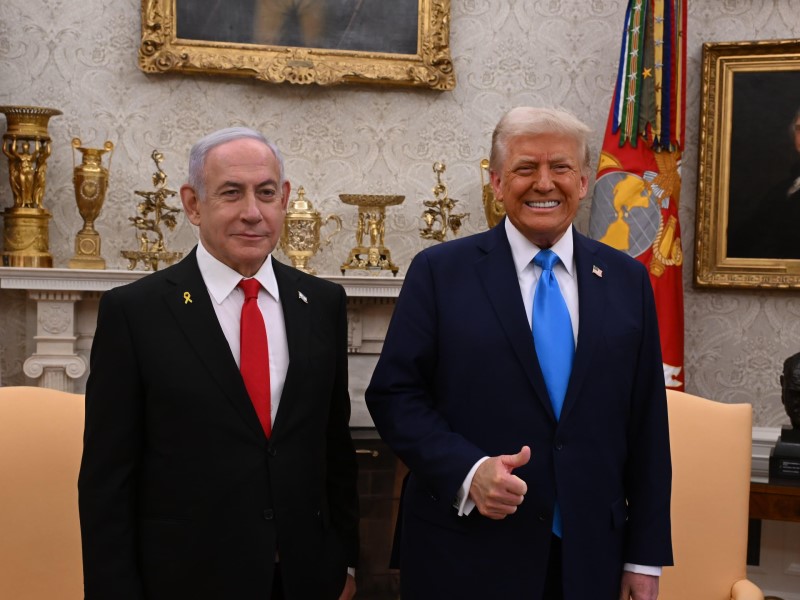
Rather than rhetorical flourishes at the UN designed to appease the anti-Israel mob back home, President Trump’s new peace plan takes up the hard challenge of actually finishing this war.
The difference between now and all those other times is that this plan is about ending the war, not merely pausing it, and the US is involved, along with the most powerful Middle Eastern countries, including Saudi Arabia.
Those in the know seem unusually hopeful about it.
The plan involves the immediate release of Israeli hostages, the disarming of Hamas, Israeli withdrawal from Gaza, and the introduction of regional Arab forces to act as peacekeepers and a gendarmerie.
An interim governing arrangement – quite possibly with a leading role for former British PM Tony Blair – will oversee reconstruction of the Strip, and the rehabilitation of schools. This means reconstructing not just the buildings, but the entire education edifice, to ensure that the hate messaging that has poisoned the minds of Gazan children for decades will be entirely removed.
The Palestinian Authority has a role, too – in future years. It will be allowed to take over Gaza, but only when it has completely reformed itself and deradicalised.
No more incitement in the West Bank, no more corruption, no armed groups. And only when Gaza is on its feet and the PA has reformed itself and is competently managing both the West Bank and Gaza will a pathway to Palestinian statehood unfold.
Many of the Palestinian Authority reforms contained in the US plan are identical to the mere promises that Prime Minister Anthony Albanese and other Western leaders elicited from the Palestinian Authority in exchange for recognition of the so-called ‘State of Palestine’.
The key difference is that Australia and its Western partners recognised Palestine in exchange for promises; the US plan has laid out similar preconditions, but states explicitly that the PA will be rewarded only once it genuinely completes them. Given the decades of examples of the PA making and breaking similar promises, the US plan is the only sensible path.
It is this realism and moral clarity that sets the US plan apart from Western leaders like Albanese.
Rather than rhetorical flourishes at the UN designed to appease the anti-Israel mob back home, the US plan takes up the hard challenge of actually finishing this war and constructively implementing what needs to be implemented to create a viable Palestine and a sustainable Israeli-Palestinian peace and genuine reconciliation.
As a middle power, Australia should have been heavily involved in this process, but it was satisfied issuing grandiose statements that don’t advance peace even one iota. It was a lost opportunity and a display of poor judgment that wasn’t missed in Washington, Jerusalem or other capitals. It is of note that Indonesia’s contribution to the debate at the UN was seen far and wide as more helpful to peace than Australia and its French, British and Canadian partners in folly.
The plan is now with Hamas. Qatar, which presents itself as a neutral mediator but is actually a close Hamas ally, is backing the plan. So too are the other Arab and Muslim leaders with whom Trump recently met. This makes a difference from previous occasions when Doha pushed Hamas to hold out for more Israeli concessions.
If Hamas refuses this deal, it will prove once again that it is the obstacle to ending the war. The international community must then bring appropriate pressure to bear on Hamas and those countries that support and shelter it.
The Australian Jewish community – indeed, the entire Australian public – desperately wants this war to end, but only if the resultant quiet develops into peace and mutual reconciliation, not just another opportunity for Hamas to plan more attacks, leading to yet another Gaza war in a few years’ time.
From here, this plan looks like the real deal – but the ball is, once again, in Hamas’ court.
Dr Colin Rubenstein AM is the executive director of the Australia Israel and Jewish Affairs Council
Tags: Gaza, Hamas, Israel, Palestinian Authority, Palestinians, Qatar, United States

